
Birmingham silver - the beauty and elegance of small forms
Birmingham silver holds an esteemed place in museum exhibitions and is highly valued by antique collectors. The city is often referred to as the silver capital of the United Kingdom because it was home to numerous workshops that supplied Europe with exquisite tableware and trinkets. Birmingham silver was purchased by members of royal families, and the Russian imperial court was a regular client of British silversmiths. Birmingham jewelers were renowned for their small-form items with delicate and intricate finishing.
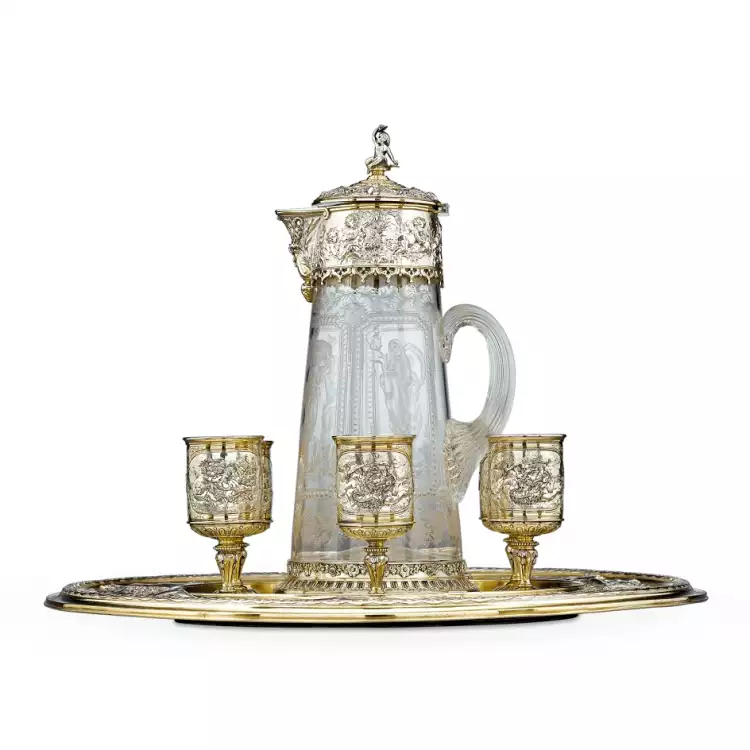 Birmingham silver. Elkington and Co. Jug and glasses, 1870
Birmingham silver. Elkington and Co. Jug and glasses, 1870
History of the Silver Industry in Birmingham
Birmingham silver didn't gain prominence right away. Workshops in the city had been operating since the 15th century, but the local jewelry industry truly blossomed during the reign of Charles II. The monarch spent several years in France, where he sought refuge due to Oliver Cromwell's rise to power. At the French royal court, extravagant attire adorned with elaborate buttons, buckles, and precious gemstones was in vogue. Thanks to Charles, the Parisian style became popular among British nobility, who inundated workshops with orders for silver accessories.
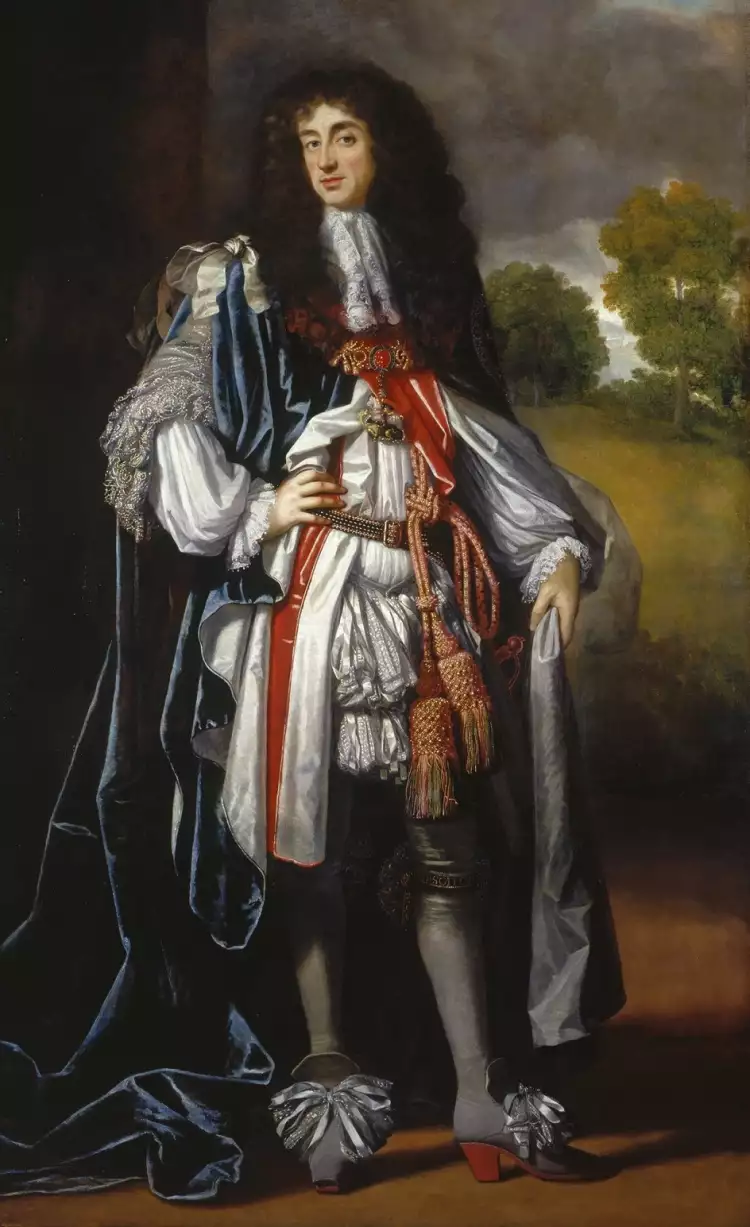 Birmingham silver. Simon Peters Verelst. Charles II, King of England, 1630-1685
Birmingham silver. Simon Peters Verelst. Charles II, King of England, 1630-1685
Birmingham silver became highly sought after as the city's jewelers specialized in producing small items starting from the mid-17th century, including buttons, writing instruments, scent bottles, flasks, and toothpicks. Matthew Boulton, the heir to a family toy manufacturing business, played a significant role during this period. At the age of seventeen, this hereditary jeweler invented an original method of enamel inlaying for buckles, allowing him to secretly export these items to France and later import them as the latest Parisian creations.
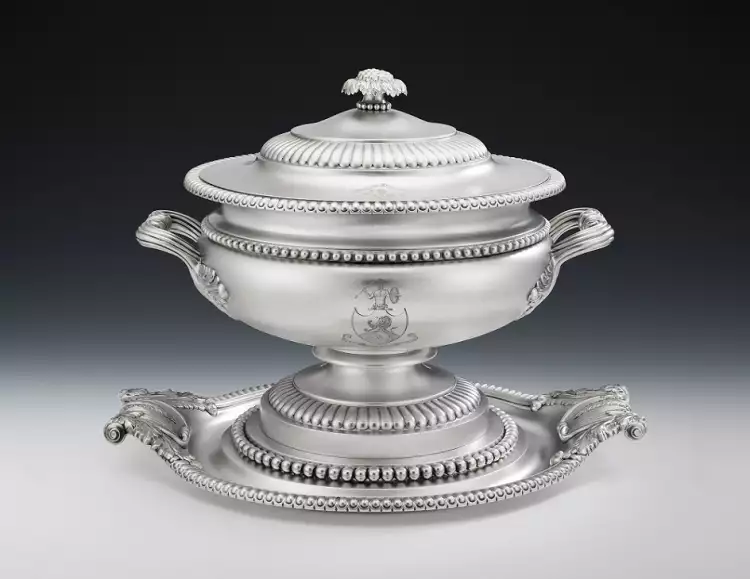 Birmingham silver. Matthew Boulton. Soup tureen, 1811
Birmingham silver. Matthew Boulton. Soup tureen, 1811
Boulton understood that Birmingham would never fully develop its trade connections as long as the hallmarking was done in London. Leveraging his connections in Parliament, he lobbied for a law that granted Birmingham and Sheffield the right to independently hallmark gold and silver. The origins of the symbols on the hallmarks are linked to the names of the London hotel "The Crown and Anchor," where representatives of both cities stayed during the law's discussion. The symbols seemed equally favorable, so the jewelers decided by a coin toss. Birmingham received the anchor, and Sheffield received the crown (later changed to a rose).
 Birmingham silver. Birmingham branding
Birmingham silver. Birmingham branding
The Birmingham Assay Office was established in 1773. Initially, the institution occupied three rooms in the "Royal Head" hotel, and its staff consisted of four people. The controllers verified the purity of the silver and confirmed compliance with the sterling silver standard by applying a hallmark. Matthew Boulton himself became the first customer of the assayers.
Four stamps were applied to Birmingham silver:
- The hallmark (92.75% pure silver) – a left-facing lion figure.
- The city symbol – an anchor.
- The date represented by a letter of the alphabet.
- The workshop's mark.
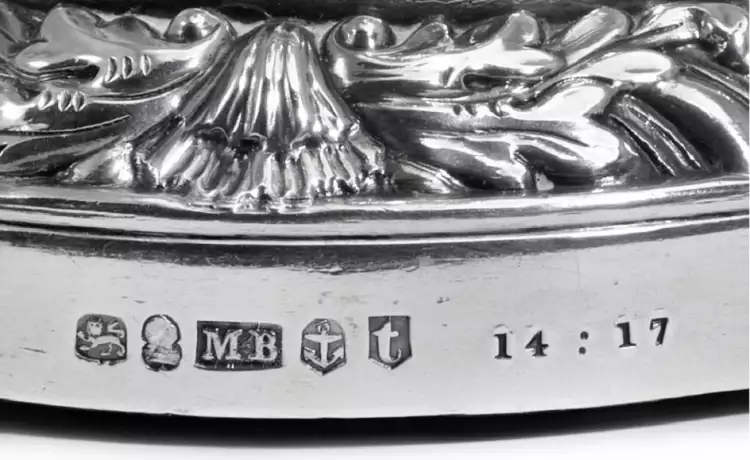 Birmingham silver. Matthew Boulton's branding
Birmingham silver. Matthew Boulton's branding
The ability to verify silver on-site relieved jewelers of the expenses associated with lengthy trips during which a batch of goods could be stolen, damaged, or copied. The legislative change spurred the development of the jewelry production industry in Birmingham. In subsequent years, new enterprises emerged in the city, many of which gained worldwide recognition.
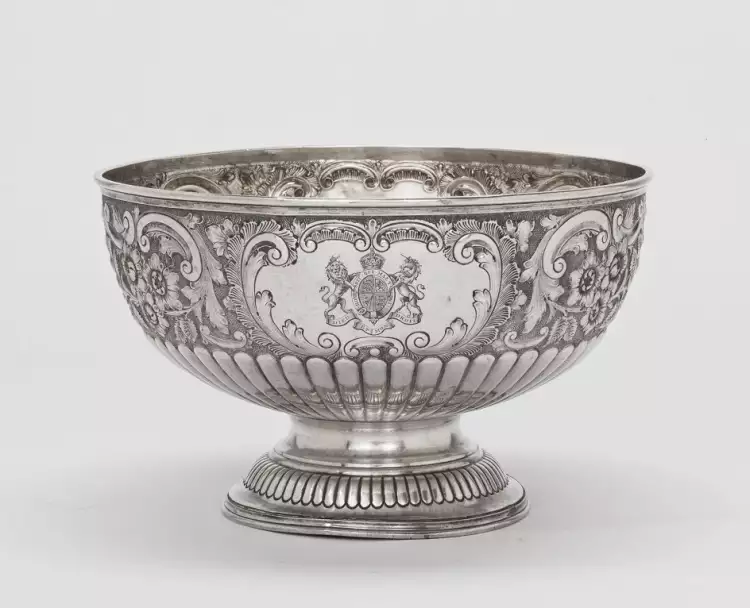 Birmingham silver. Elkington and Co. Bowl, 1901-1902
Birmingham silver. Elkington and Co. Bowl, 1901-1902
Birmingham Silvermiths
Nathaniel Mills Sr. registered his hallmark in 1803. He was the first jeweler to create silver souvenirs featuring British landmarks. He placed these images on snuffboxes, card cases, and caskets. Tourists eagerly bought these trinkets, helping the master gain recognition beyond the borders of the United Kingdom. The finest products of the Mills factory appeared after 1830 when the craftsmen mastered casting, stamping, and mechanical silver processing.
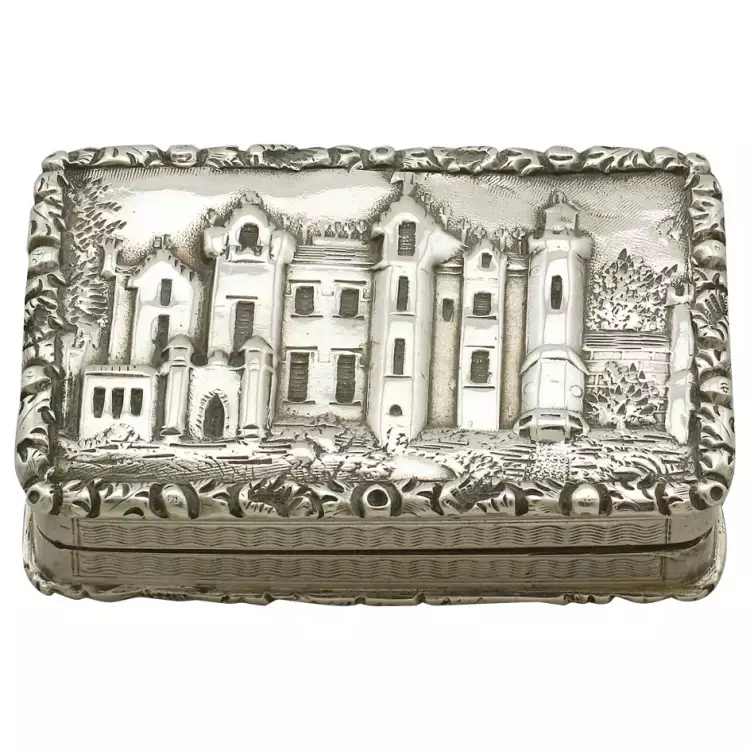 Birmingham silver. Nathaniel Mills. Abbotsford House cigarette case, 1838
Birmingham silver. Nathaniel Mills. Abbotsford House cigarette case, 1838
The firm Elkington & Co achieved success through collaboration with Benjamin Schlick, a Danish mechanic and architect who moved to England in the mid-19th century. The master created designs and casts inspired by antiquity and the Renaissance for jewelers. There are records that the architect was responsible for receiving the Russian Emperor Nicholas I, who visited the enterprise in 1844. Later, Schlick presented several items as a gift to Princess Maria Alexandrovna.
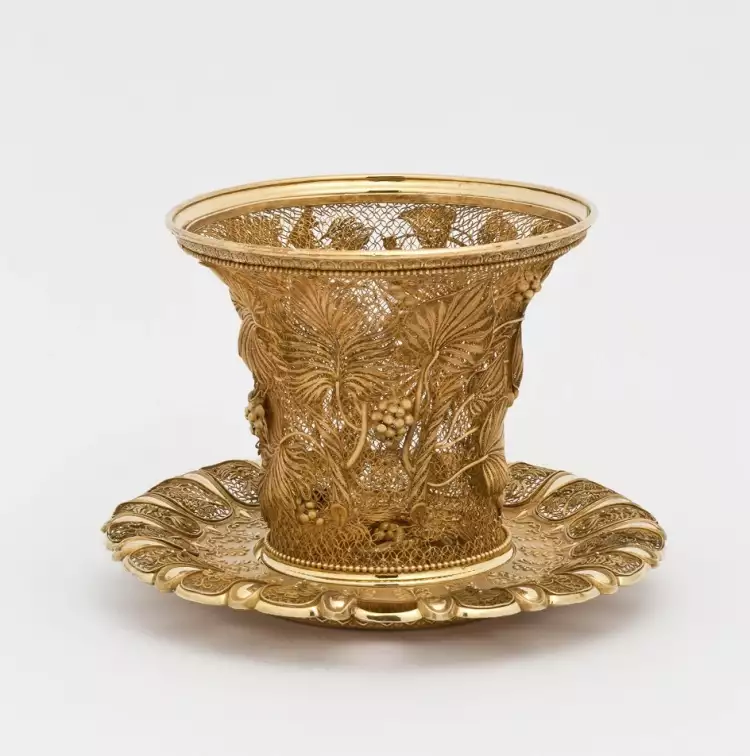 Birmingham silver. Elkington and Co. Benjamin Schlick Project. Cup and saucer, 1850s
Birmingham silver. Elkington and Co. Benjamin Schlick Project. Cup and saucer, 1850s
Henry Matthews registered his company in 1894. The firm specialized in small-sized items with detailed finishing. The factory produced toys and accessories: hatpins, hairbrushes, snuffboxes, eyeglass frames. The enterprise ceased operations in 1930.
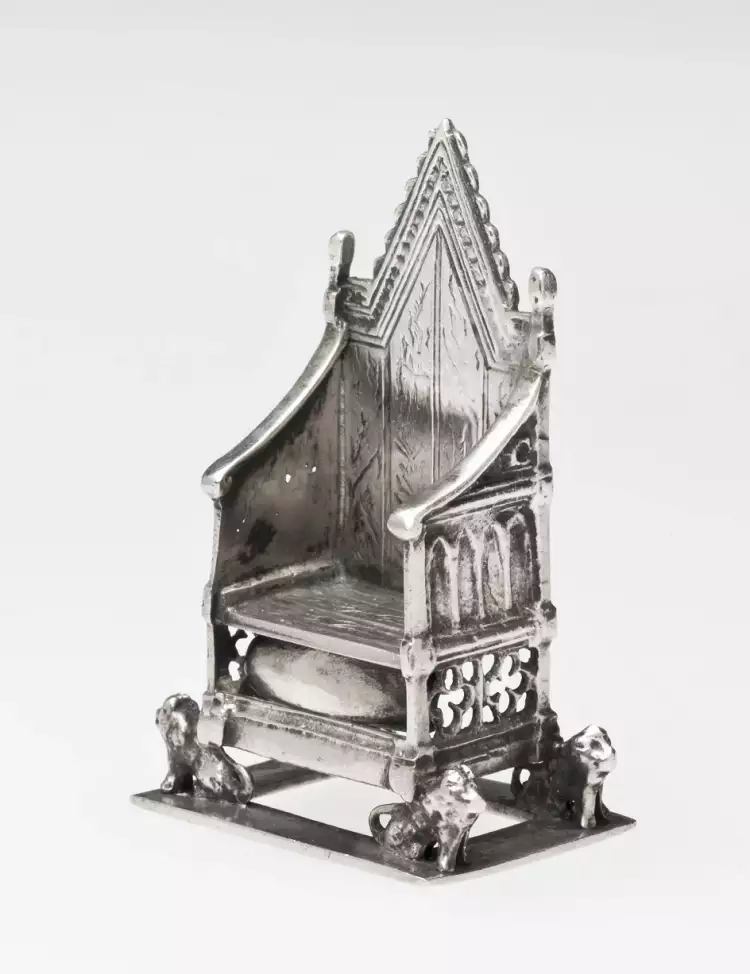 Birmingham silver. The firm of Henry Matthews. Miniature Coronation Throne. 1901-1902
Birmingham silver. The firm of Henry Matthews. Miniature Coronation Throne. 1901-1902
Birmingham silver remains popular worldwide today. There is a jewelry quarter in the city where craftsmen prefer silver over other precious metals. Here, tourists can purchase unique jewelry and souvenirs at affordable prices. A permanent exhibition of antique silver is organized at the City Museum of Jewelry Art.
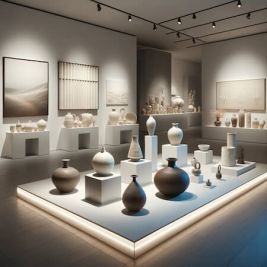 Ceramics as Fine Art: The Evolution from Craft to High Culture
Ceramics as Fine Art: The Evolution from Craft to High Culture  Mosaic - the art of creating a complete picture from many small individual pieces
Mosaic - the art of creating a complete picture from many small individual pieces 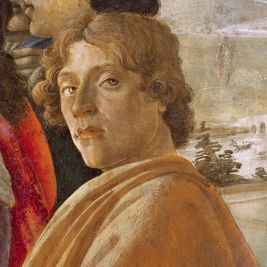 Sandro Botticelli: Biography, Artistic Career, and the Best Paintings of the Artist
Sandro Botticelli: Biography, Artistic Career, and the Best Paintings of the Artist 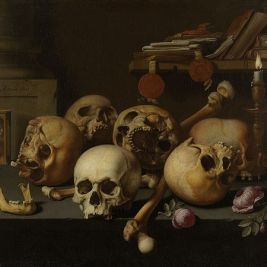 Vanitas is a genre of art that prompts the viewer to contemplate the inevitability of death
Vanitas is a genre of art that prompts the viewer to contemplate the inevitability of death 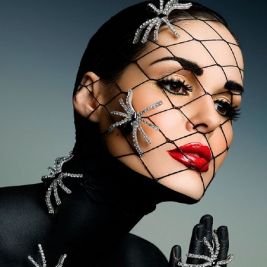 Glamour in photography is a beautiful genre with elements of elegance and luxury
Glamour in photography is a beautiful genre with elements of elegance and luxury  The painting "The Beekeeper" by Ivan Kramskoi is an expressive peasant figure against the backdrop of a landscape
The painting "The Beekeeper" by Ivan Kramskoi is an expressive peasant figure against the backdrop of a landscape 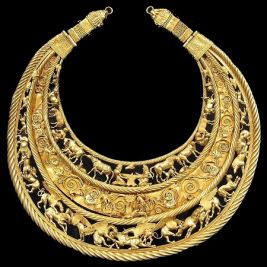 Jewelry craftsmanship - an ancient art of creating unique masterpieces from precious materials
Jewelry craftsmanship - an ancient art of creating unique masterpieces from precious materials 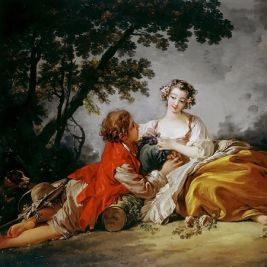 Rococo: Peasant Idylls of Court Painters
Rococo: Peasant Idylls of Court Painters 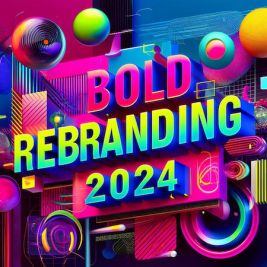 Bold Rebranding: A 2024 Design Trend Shaping Brand Identities
Bold Rebranding: A 2024 Design Trend Shaping Brand Identities 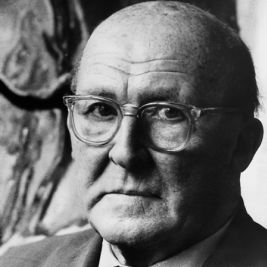 An entangled world Willi Geiger
An entangled world Willi Geiger